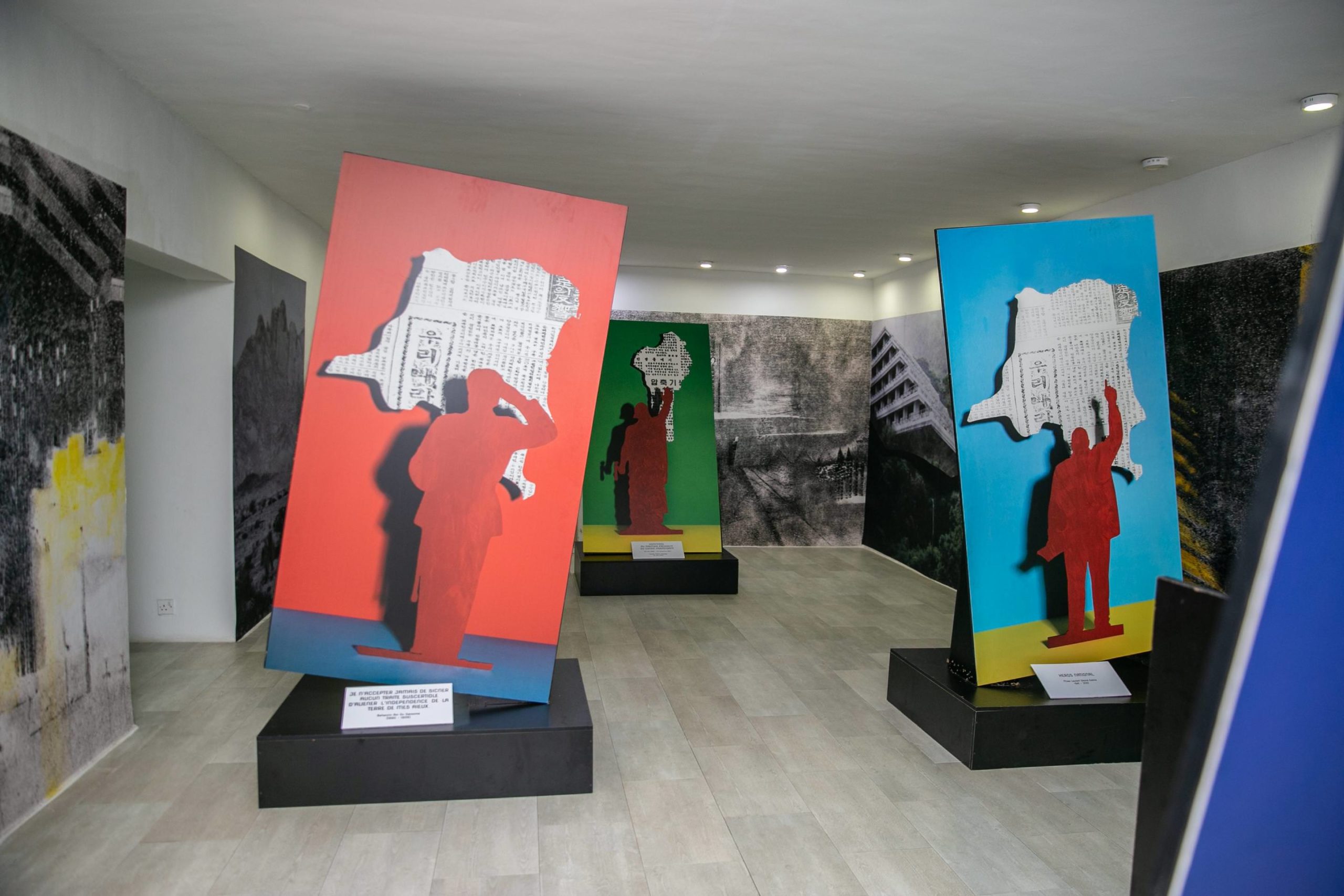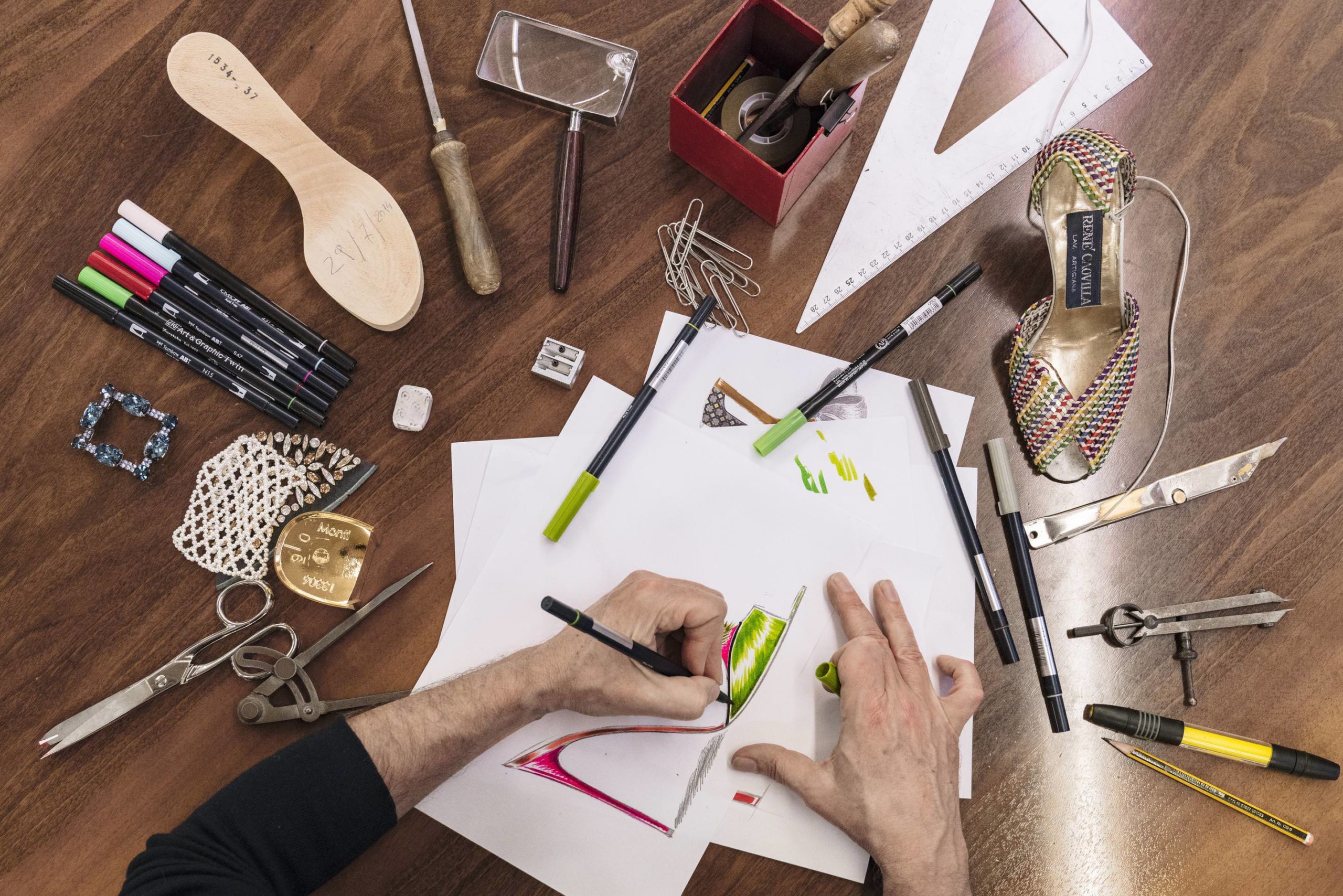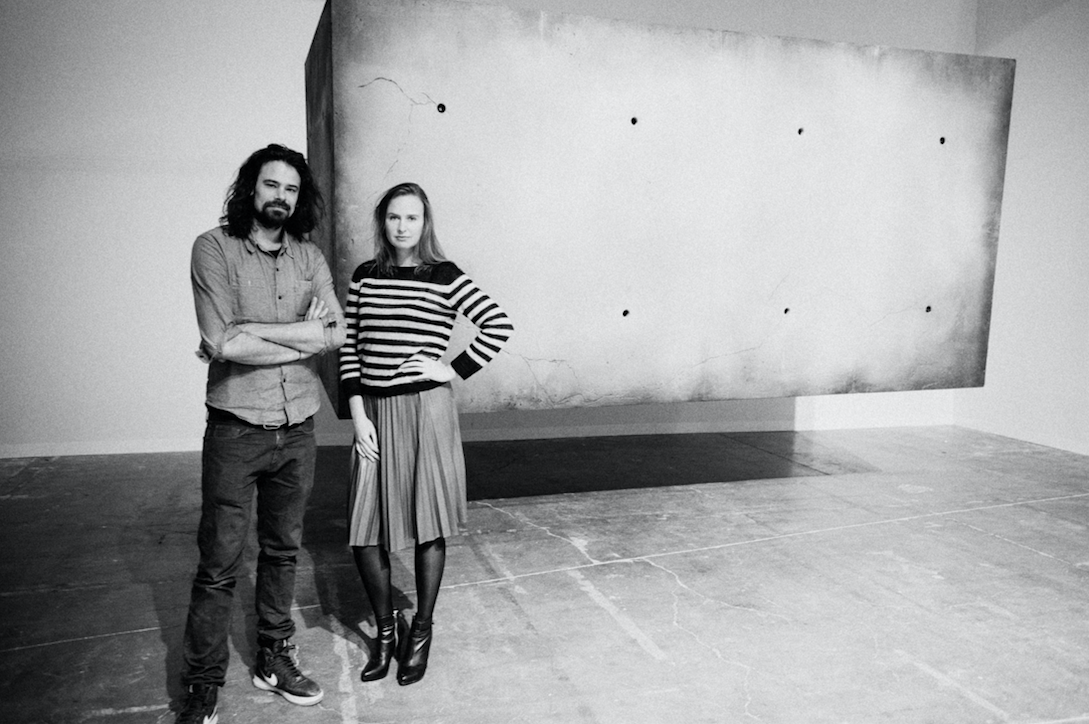Addressing the theme “Time Has Gone,” the ninth edition of the LagosPhoto Festival took place last year from October 27 through November 15. The show included works from artists like Mary Evans, Kwena Chokoe, Charlotte Yonga, Amina Menia, and Alfredo Jaar. One of the curators, Valentine Umansky, worked alongside her colleagues to change the art-world ratio of male to female artists represented. Instead of a mere 20 percent, they brought together four times that of work by women.
Umansky is the curator of lens-based arts at the Contemporary Arts Center in Cincinnati, Ohio, and is currently working on projects with the Labanque Art Center in France and the Taurus Foundation for Arts and Sciences in Switzerland. Whitewall spoke with her about the recent festival in Lagos, correcting the gender gap, and the relationship between technology and photography.
WHITEWALL: Alongside Eva Barois De Caevel, Wunika Mukan, and Charlotte Langhorst, you were one of the curators for last year’s LagosPhoto Festival. Can you tell us about what you aimed to include?
VALENTINE UMANSKY: We made a deliberate effort to reverse the art world common statistics and include 80 percent women artists in our selection, versus the usual 20. This was achieved but comforted us in the idea that sexism is endemic. As for women in the art world, the issue sprouts from their lack of access to art education and schools. Discrimination only increases as they enter the art market, women having considerably fewer chances at achieving gallery representation and therefore at becoming part of the nexus of exhibited/collected artists. While feminism was not the festival’s theme—it was devoted to the Nigerian idiom “Time Has Gone”—it was a real concern for the four curators of this year’s edition of LagosPhoto.
Our selection induces a certain understanding of time as nonlinear. Time is and will remain absolutely relative. Artists have approached the notion from a variety of perspectives, but, more often than not, rejecting the representation of time as an arrow going from left to right. Instead, they present us with disruptive narratives—like in Kitso Lynn Lelliott’s stunning video I was her and she was me and those we might become or Emo de Medeiros’s Transmutation.
WW: The festival presented workshops, panel discussions, and artist talks, shining light on topics like “time and presentation” and “notions of identity and presentation.” What were some highlights?
VU: During the opening week of the festival, British-Nigerian artist Mary Evans led a participatory workshop whilst installing her work on the walls of the Lagos Federal Printing Press. She invited participants to assist as she was adhering silhouettes of kraft to the walls, creating an eight-meterwide paper fresco. I kept this moment in mind, even if I was more involved with the organization of a discussion, moderated by Abosede George, professor of history and Africana studies from Columbia University. The conversation, prompted by Karl Ohiri’s exhibition of the Lagos Studio Archives, is actually turning into a larger project for 2021–2022, which will include several conferences and exhibitions and question the specificity of audio and visual archives in and from Nigeria.
WW: What do you think of the rise of technology and accessibility today when it comes to photography?
VU: Accessibility has always been the driving force behind the medium’s development, and I would not condemn these developments. As a matter of fact, one of the exhibitions, which strongly shaped my perspective on photography, “From Here On,” listed the various possibilities encompassed within the medium. Shaped as a manifesto, the exhibition text stated that “now, we’re a series of editors. We all recycle, clip and cut, remix and upload. We can make images do anything. All we need is an eye, a brain, a camera, a phone, a laptop, a scanner, a point of view.”
WW: How do you see multimedia—video, film, digital production— changing the art landscape today?
VU: Multimedia became an integral part of what I consider the art landscape, and I am reminded of that every day, since my title at the Contemporary Arts Center, Cincinnati, uses the term “lens-based arts” rather than photography or film. The development of VR and the incredible opportunities it brings with regard to storytelling intrigues me, and I look forward to seeing how artists who have approached it will continue to further the practice.
WW: Have you come across any artists recently whose work you’re fascinated by?
VU: It would be impossible to pin one or two down, so I will mention those I am working with most closely these days: Bronwyn Katz, Nancy Brooks Brody, and Pamela Phatsimo Sunstrum. And just as I say their names, l realize that they are all women .










